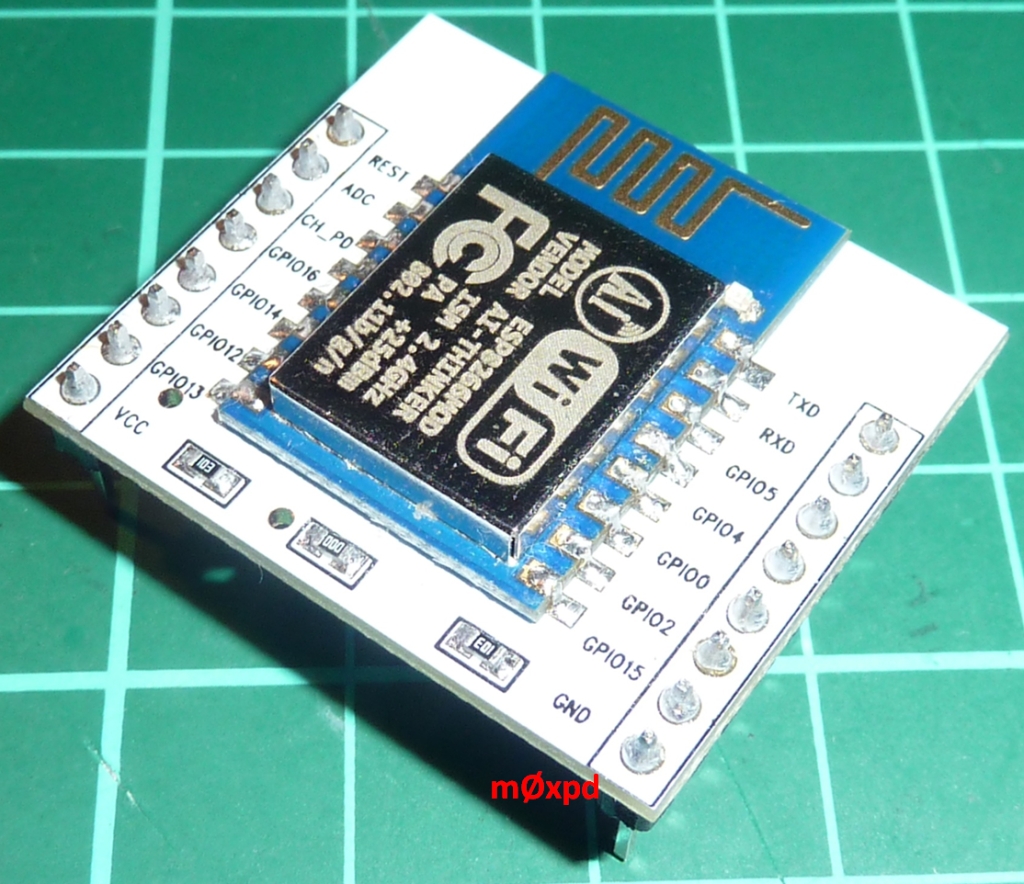Homebrew Wifi Amplifiers
Sparco SP-BA24j 2.4 GHz Wi-Fi Signal Booster Nice idea with amp built into the antenna. This eliminates the complexity of a homebrew RF sense circuit. Save homebrew wifi antenna to get e-mail alerts and updates on your eBay. LTE TS9 Antenna Booster Amplifier Panel 28dBi for 4G 3G WiFi Mobile Router BI610.
WiFi is certainly convenient in everyday life, for all of us who don't enjoy ethernet cables running through the house. Sometimes, however, we struggle with poor reception, either because of obstructions between the router and the connected device, or because the distance is too long. Below you will find some clever, low-cost ideas for a DIY WiFi booster, that will help you increase your router's signal strength. Unblock any international website, browse anonymously, and download movies and Mp3 with complete safety with CyberGhost,. • A beer or soda pop can • A pair of scissors • Marker (optional) Time: 5 minutes, including the time it takes to drink the beer Before we start, we should mention that - although it's not a dangerous process, it is wise to be careful with the aluminum can, as it is very sharp when cut.
Also, after you empty the beer or soda pop can, make sure you wash it thoroughly and let it dry completely. We don't want any beer, soda, or water remnants near our router. Twilight princess rom gamecube dolphin.
If we want to make it a little easier to cut, we can mark the cutting lines on the can before we begin. In the picture below you can see the result we aim for. First of all, make a hole in the can with the scissors or a knife at the base of the can. If you the beer, that hole will also work nicely.
Start cutting around the base, until you trim it off. Cut a straight line lengthwise on the can, and stop before you reach the other end.
From there, go around once again, but this time from both sides. Make sure to leave about an inch of aluminum in the middle. We made a DIY antenna that we can use as a WiFi booster. All we have to do is put it on the router's antenna, so as it faces the way we want to extend our signal strength. If you have a router without an antenna, you can always place the device on top of it or behind.
According to our tests, this thing works surprisingly well. Testing the antenna Our router had no external antenna, so it was an excellent opportunity to test if our WiFi booster works in a situation like that. Thus, we put the extender on the router, took the laptop outside the house, and tested the signal strength.
The green line marks the signal when the laptop and the router were in the same room. We can see that the signal strength is around -47 dBm. Outside the house and about 30 feet away from the router, the strength went down to -85 dBm (red line). With the DIY WiFi booster, we saw an improvement of 10 dBm, since the signal strength was approximately at -75dBm (blue line). Not bad for a 2-minute project. RP-SMA Antenna The above project is for babies, not for hardcore DIY experts like some of us. If we want even better WiFi signal, we can make an actual DIY antenna with a RP-SMA connection, that will work as a directional WiFi booster.
We will be able to connect this device to our laptop, desktop PC, or the router. We based our attempt on, and the end product should look like this. Warning: This is a more challenging project that requires the use of a soldering iron, drill, and so on. Thus, you should be extra careful and follow the necessary precautions. What we need We will see more details below for the materials we'll need, but here's the list in short: • A tin can • Female N connector • Female RP-SMA to male N connector • Copper wire • Soldering iron and - of course - solder • A drill or a hammer with a nail • Wire cutter About the can Our metal can should have precise measurements. Depending on our router's channel, we will find the most efficient measurements in. First of all, the inner diameter should be around 83 mm (3.27 inches).
 Summary for the movie Jane Morton, a psychiatrist from Dublin in deep mourning following the accidental death of her husband and son, is assigned to work on the case of Dorothy Mills, a teenaged girl in a small village who tried to strangle a baby.
Summary for the movie Jane Morton, a psychiatrist from Dublin in deep mourning following the accidental death of her husband and son, is assigned to work on the case of Dorothy Mills, a teenaged girl in a small village who tried to strangle a baby.

Find a can close to that, measure the bottom's diameter, and note it down. Next, visit the page above and insert your router's channel. In our case, we used a coffee can with a diameter of 92mm (3.62 inches).
Thus, we added the number 92 on the relevant form and pressed 'Compute.' From the results, we want to pay attention to 'Inside Lenght,' 'Probe to Reflector,' 'Probe Length.' As we can see in the picture above, the can's length has to be close to 152.7 mm (6.01 inches). Ours was 144 mm (5.67 inches), and since we can't add length, we had to settle for that. However, the closer we are for the dimensions, the better the WiFi booster.
